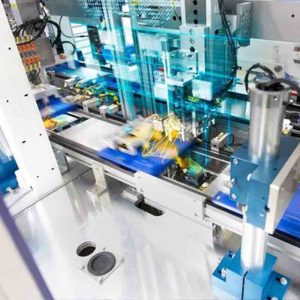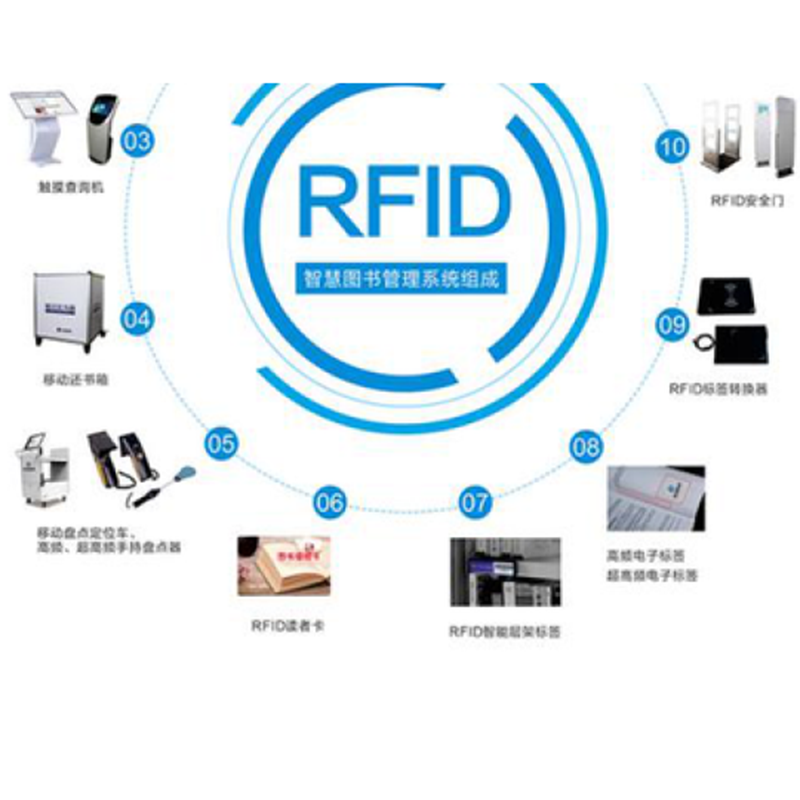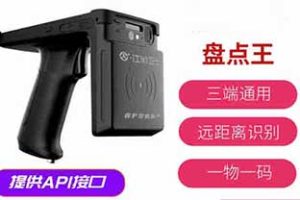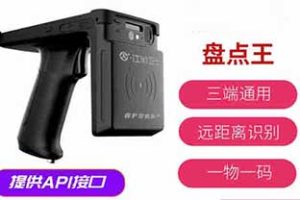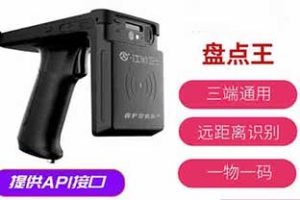RFID Technology Application Based on RFID Technology for Rol
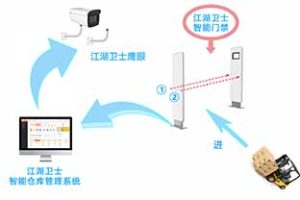
During the storage, use, and grinding process of rollers in steel mills, it is necessary to continuously identify the roller number and status. The traditional management method is to identify the steel seal and manually read the roller number. However, using traditional management methods has the following problems:
1) Due to severe oil pollution in the on-site environment,
The roll number engraved on the rolling mill is also very small and shallow, and manual reading can easily lead to confusion of letters and numbers, resulting in a high rate of misreading.
2) There are many rolling rolls,
The roll changing cycle is short, and the turnover of rolls is large. Single manual reading and data entry are inefficient.
3) Due to limitations in recognition methods,
It is difficult to break through the information-based intelligent management of rolling mills. Traditional roll identification relies on manual recording of roll numbers and backend database queries, while roll inventory still relies on manual methods. Roll grinding records are also manually recorded at once. The inability to achieve automatic recognition of rolls also hinders the intelligent upgrading and transformation of steel mills.
The introduction of RFID technology has replaced traditional manual recording of roll numbers to achieve the work of entering and exiting the warehouse, inventory, and after-sales maintenance of rolls. Due to the fact that RFID tag recognition does not require manual intervention, it can be automated and unmanned with industrial robots, robotic arms, and other automation equipment, greatly improving the management efficiency and safety of roll products.
By installing RFID tags as the unique identification of the rolling mill product, the production and usage of the rolling mill can be recorded and managed, and the RFID tags used for the rolling mill must have characteristics such as high temperature resistance, oil resistance, corrosion resistance, metal resistance, and long identification distance, which can adapt to harsh usage environments.
The advantages of using RFID technology to manage rolling rolls:
1. Automated transmission of information for reading and writing roll chips;
2. Processing information is written into the roll chip, running through the entire life cycle of the roll;
3. The issue of facilitating communication of tail end information such as outsourced processing equipment and roll production;
4. Improve efficiency, making various information of the rolling mill clear and instantly accessible.
The application of RFID technology aims to more accurately grasp the specific information of each rolling mill. By assigning “ID cards” to each rolling mill, detailed information of the rolling mill can be displayed by scanning with a barcode gun, and then compared with the data marked on the rolling mill. Multiple comparisons are made to avoid errors that may affect production.
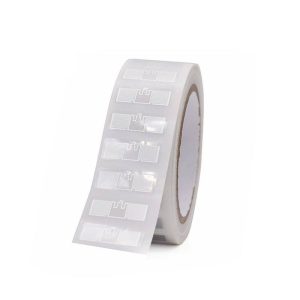
RFID Technology Application Based on RFID Technology for Roll Production Traceability and Identification
We have strong research and development capabilities and are a trusted manufacturer. Welcome to call or sales@molddl.com For consultation, our company supports small batch customization, packaging design, and free samples for OEM processing. Please contact us! This article is included in Baidu Wenku

